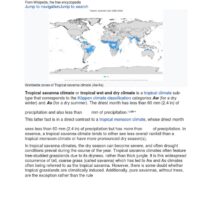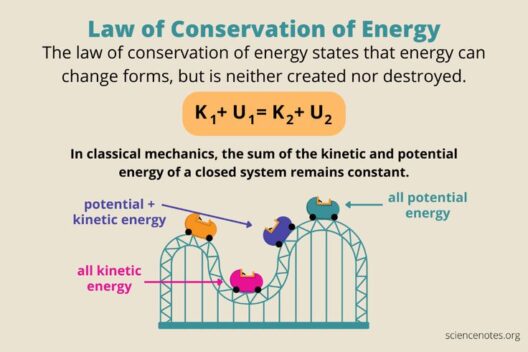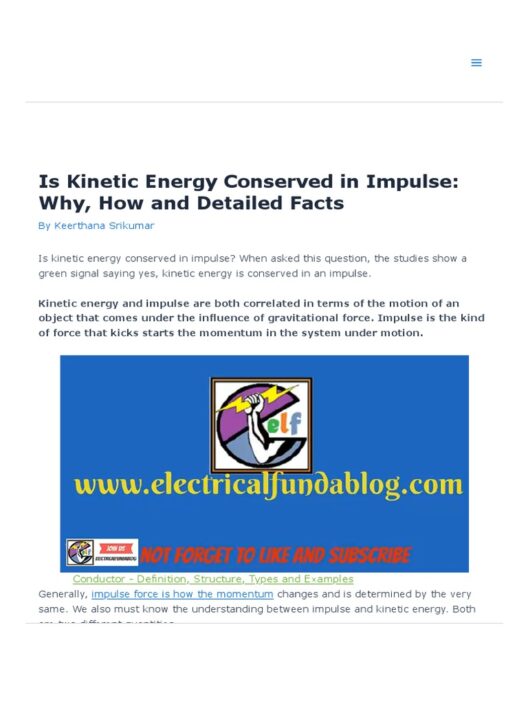When contemplating the intricate dance of waves as they traverse different mediums, one may draw upon the metaphor of a maestro conducting a symphony. Each wave embodies a unique note, harmonizing with its surroundings, yet poised to transform. The question emerges: is energy conserved when waves change mediums? To decipher this phenomenon, we must embark on a journey through the realms of physics, exploring the behaviors of waves in various environments while recognizing the overarching principle of conservation of energy.
Waves are fundamentally a manifestation of energy, transferring through space via oscillations. When considering water waves, for instance, one observes ripples emanating from a pebble dropped in a pond; the energy is transferred outward, producing countless oscillations until the energy dissipates, absorbed by the medium. In essence, energy conservation remains a cornerstone of wave dynamics. As waves pass from one medium to another—be it from air to water or from one type of material to another—energy is neither created nor destroyed, but rather transformed and redistributed.
The transition of waves as they encounter a new medium is akin to an artist shifting canvases. Each medium represents a different texture, a distinct vibrational frequency. As a wave travels into a new environment, its speed and wavelength undergo alterations dictated by the properties of that medium. However, the total energy transmitted remains constant, adhering to the law of conservation of energy. This law, a fundamental principle of physics, asserts that the total energy in a closed system remains unchanged over time.
To illustrate this concept, consider the behavior of sound waves as they pass from air into water. Sound travels faster in water than in air, due to the closer proximity of water molecules. As the sound wave transitions, its speed increases, yet its energy disperses differently based on the medium’s density. This propagation can be likened to a relay race where the baton (energy) is passed to another runner (medium) without losing momentum. The complex interplay of frequency and wave velocity is crucial in understanding how energy remains conserved, even as it morphs in response to external conditions.
Mathematics provides a valuable framework for analyzing wave behavior at the interface between media. The principles of reflection and refraction meticulously outline how energy behaves during these transitions. Reflection occurs when a portion of the wave returns to the original medium, while refraction generates a bending of the wave path as it enters a new medium. Each event entails a unique distribution of energy; some is reflected, and some transcends through the medium. Despite these transformations, the total energy within the system encapsulates the sum of reflected and transmitted energies, perpetually adhering to the conservation paradigm.
Another enthralling aspect of medium change is the phenomenon of transmission loss, where energy is transferred but not all retained within the wave. Various factors, including absorption and scattering, can cause a fraction of the energy to dissipate as heat or other forms of energy within the medium. This is especially pertinent in the context of seismic waves traveling through the Earth. As these waves progress through rock formations or fluid layers, they may lose energy to friction and heat, causing a drop in amplitude—the height of oscillation. Nevertheless, it is crucial to acknowledge that while the energy appears reduced, it has merely transformed into another form, further solidifying the tenacity of the conservation of energy principle.
In the realm of electromagnetic waves, such as light, the narrative unfolds yet again. When light transitions from air into glass, its velocity decreases, and it alters direction—a phenomenon known as refraction. Each photon, representing a discrete packet of light energy, encounters the denser medium and engages in a deft ballet of energy transformation. Energy conservation in this scenario is quintessential, as the refracted light continues propagating through the glass, albeit at a different speed and frequency. The interplay of electric and magnetic fields within the glass material further exemplifies the intricate orchestration of energy, corresponding with the fact that while light may lose energy through absorption, it remains constant in total energy throughout its journey.
Ultimately, the answer to whether energy is conserved during the transition of waves between mediums is unequivocally affirmative. The conservation of energy reigns supreme as waves metamorphose and navigate the complex tapestry of their environments. This perpetual conservation serves as a reminder of the interconnectedness of all physical phenomena—waves communicating the transformations and energy exchanges that sustain the natural world.
In summary, the exploration of wave dynamics in different mediums highlights a profound understanding of energy conservation. The fundamental laws governing these transitions encapsulate a broader narrative about the universe, where energy is neither lost nor obliterated but rather rejuvenated and transformed. Through the prism of physics, we gain insight into the elegant intricacies of reality, reminding us that even as waves change mediums, the symphony of energy continues to play—an unbroken melody of movement and possibility.







